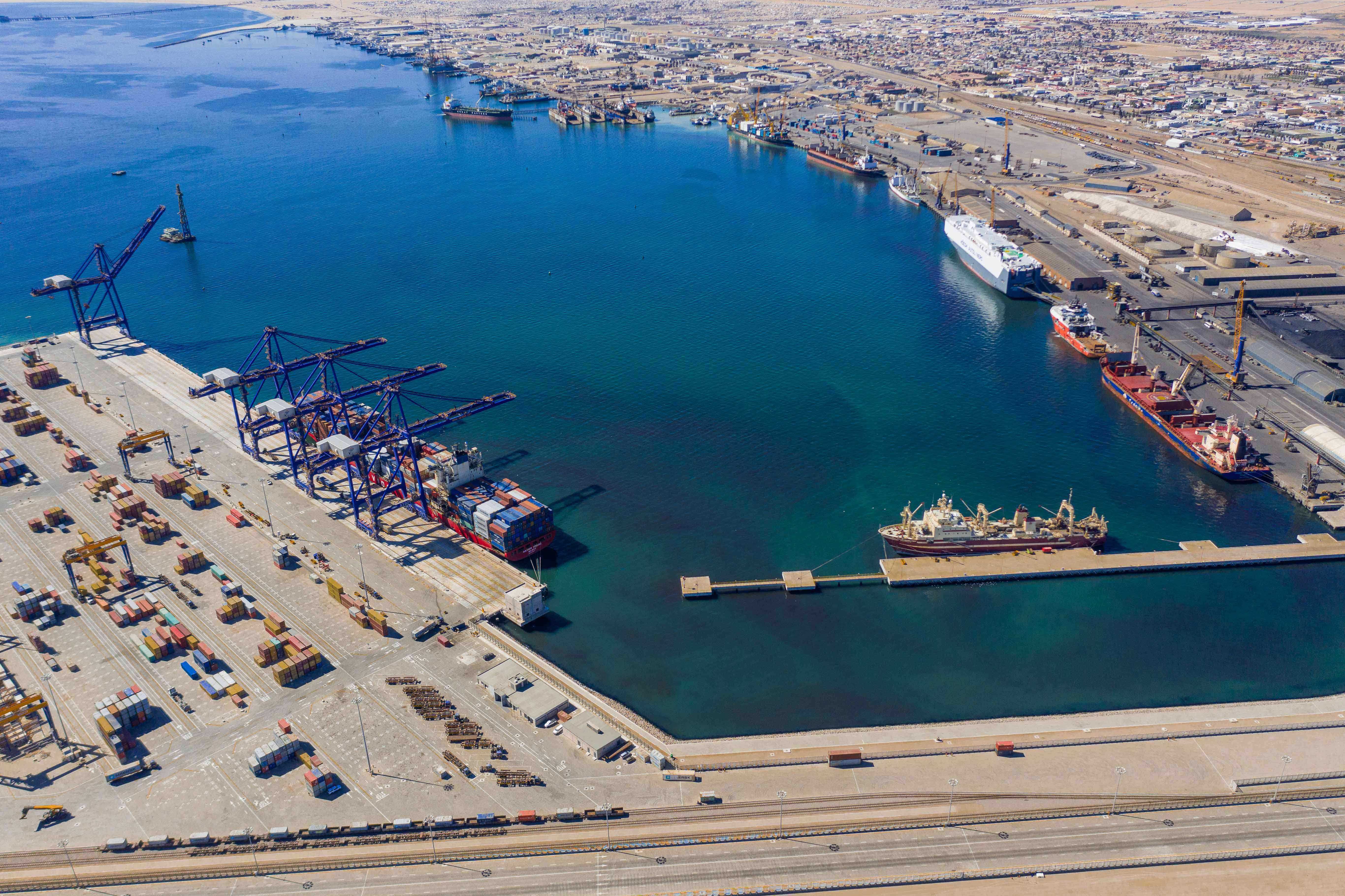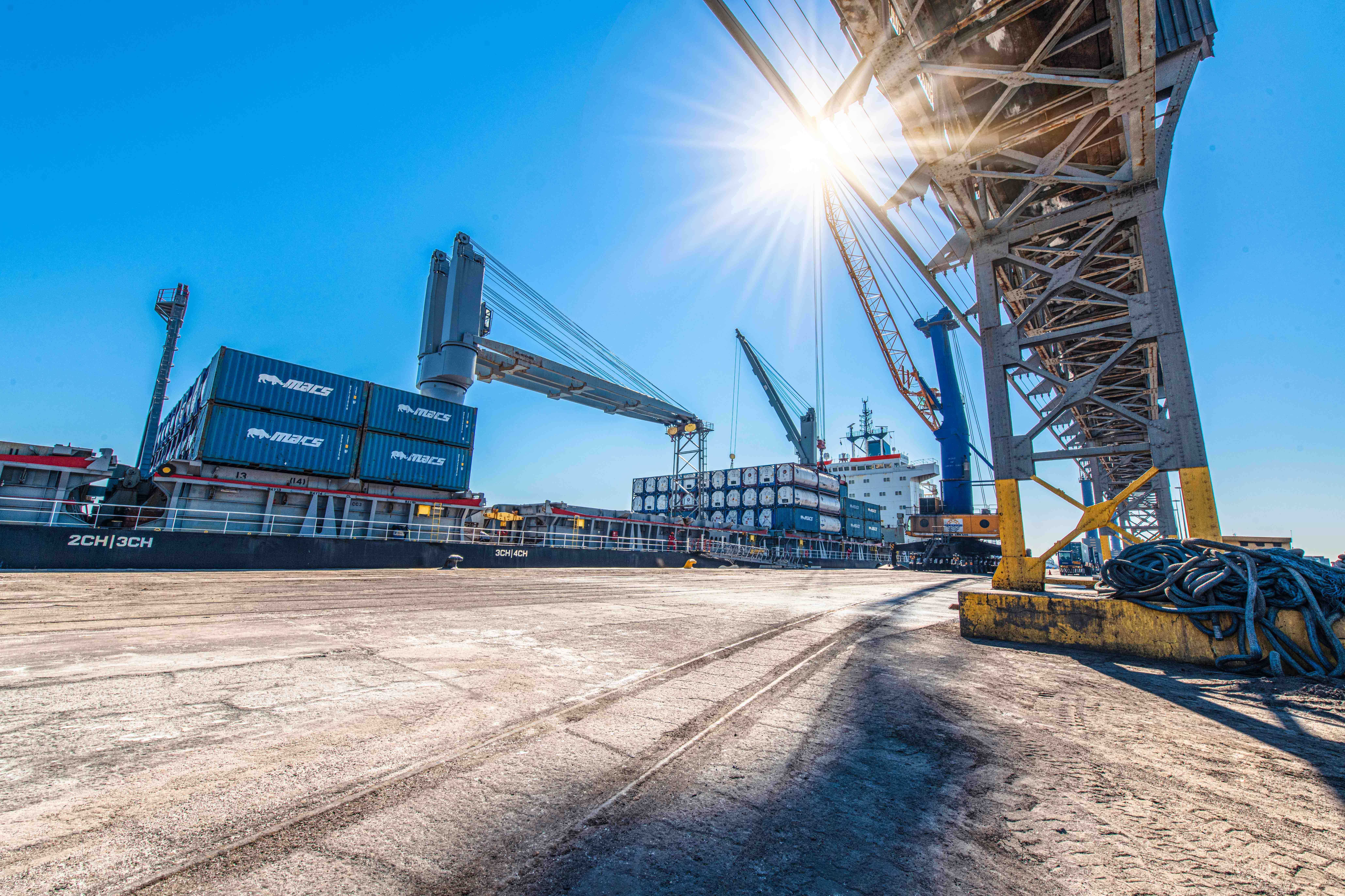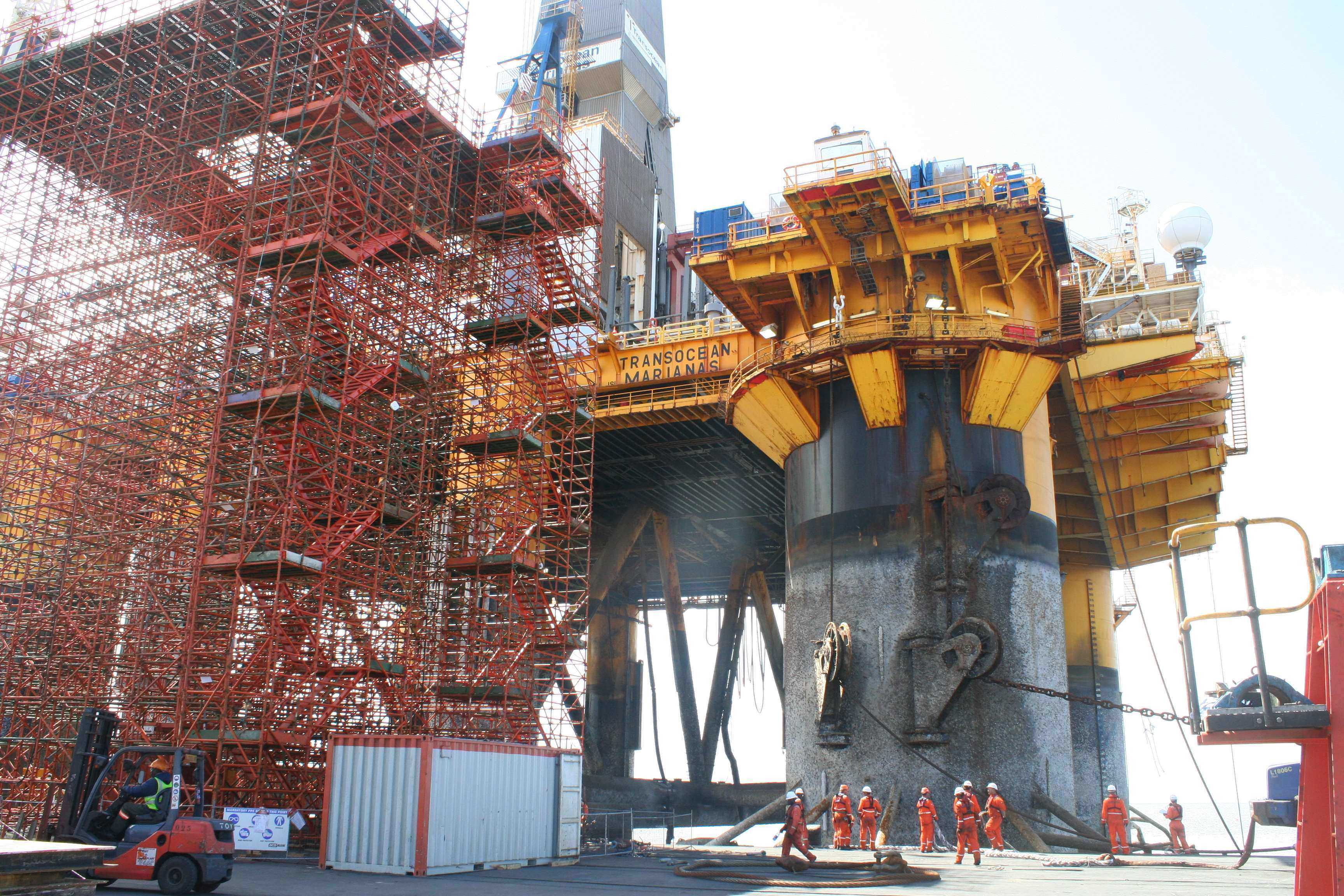Red Sea woes: Namibia becomes a preferred refuelling hub
The Port of Walvis Bay has become a popular stop for shipping lanes
The Port of Walvis Bay is growing in popularity as South African port authorities remain congested
As ships destined for Asian markets increasingly opt for the Cape of Good Hope route, bypassing the tumultuous Red Sea the Namibian port of Walvis Bay is becoming the preferred choice over Cape Town, South Africa, for vessels seeking refuelling stops, presenting a godsend for the country's maritime industry.Earlier this month, Maritime Insight reported that African ports, especially Walvis Bay in Namibia and Port Louis in Mauritius, are becoming increasingly popular as refuelling stops from Namibia to Mauritius.
These reports highlights that bunkering at the beginning or end of a voyage is preferable and lists these locations as Walvis Bay and Port Louis for vessels needing refuelling while en route.
Trevor Ndjadila, Namport Manager for Business Development told Namibian Sun that fuel bunkering operations at Walvis Bay are conducted at anchorage areas, and the port's strategic advantage lies in its more favourable weather conditions compared to Cape Town.
“Walvis Bay has more favourable weather conditions than Cape Town due to the shelter of Pelican Point Peninsula. Most vessels especially bigger draft vessels are only calling for fuel bunkering, provisions, and crew change. This activity conducted at anchorage area no.1 and designated positions which suit the weather at that given time, and within port limit. The Namibian ports has shelter anchorage areas which has less downtime to their operations,” said Ndjadila.
Walvis Bay, hat has long pushed to become a logistics hub, finds a strategic opportunity in the current surge in refuelling activities, positioning itself to solidify its status as a pivotal player in maritime logistics.
Ndjadila, Manager of Business Development at Namport, emphasized the port's commitment to safety, security, and efficiency during these refuelling operations as well as enhancing its efficiency and attractiveness.
“This is highly dependent on the fuel traders and availability of motor tankers in Namibian waters, and the cost of fuel. However, through our high level of efficiency we remain committed to all industry demands and continue to be solution driven to maintain our competitiveness,” he said.
The current Namport Framework includes International Maritime Organization (IMO) instruments, Namport Act, Port Regulations and Safety Health Environment and Quality (SHREQ) Standing operating Procedure (SOP) and on the logistical front the company has a Port Control centre for all documentation and compliances, Tugs and Marine Pilot.
“Currently Namport is in at an advantaged position to mitigate all challenges or bottlenecks. Increased demand is greatly welcomed and any potential challenges will be thoroughly managed as and when they arise. The people involved in the refuelling activities all are in possession of certificate of competence issued by IMO, which addressed the safety of navigation, maritime security, and environmental protection.”
He added that on the economic front, there will be an increase in light dues and anchorages charges and other extra services charges from the third parties in Walvis Bay.
According to Ndjadila, the Port is monitoring the changes of any IMO instruments regarding the refuelling and open for benchmarking to other ports doing similar operations to achieve the sustainability.






